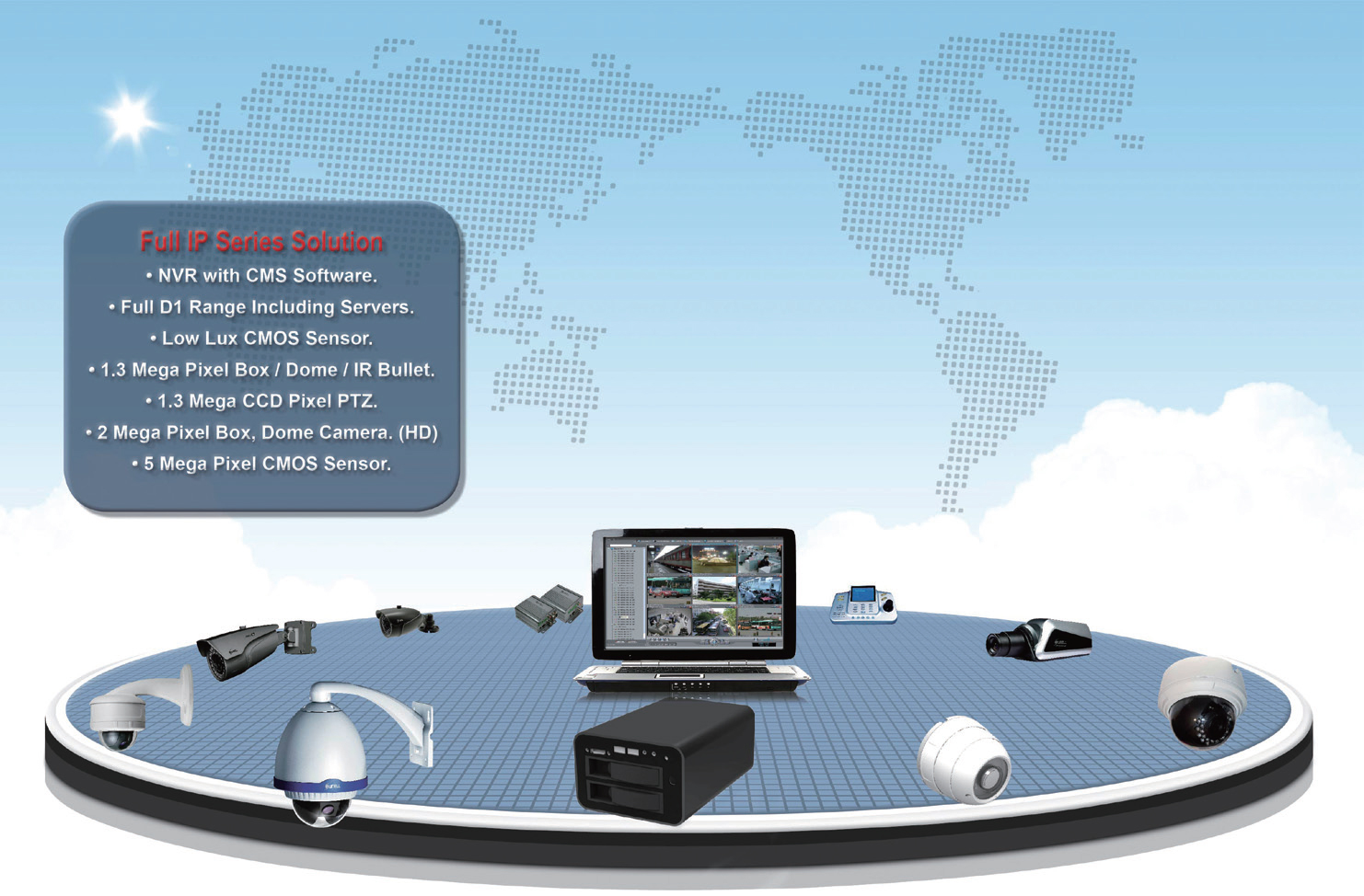Sunell describes the process behind building a reliable network camera.
When selecting a network camera, customers are concerned about many factors, such as image quality, resolution and functionality. However, after the network cameras are installed, only one consideration remains, which is stability.
Sunell describes the process behind building a reliable network camera
When selecting a network camera, customers are concerned about many factors, such as image quality, resolution and functionality. However, after the network cameras are installed, only one consideration remains, which is stability.
Network cameras are embedded computer systems, with complicated CPU hardware and software inside. Software is very complex, which usually requires several hundred thousand lines of code. Designing a stable network camera is a great challenge for R&D teams. In the early stages of design, engineers must consider reliability. Relying only on testing in the final stages makes it difficult to uncover all faults.
In this article, key concerns for stability are reviewed.
1. Successfully Switching On
Booting up after the power comes on seems to be simple for a network camera. In fact, it is no small feat. If the power supply is not stable during the start-up process, the network camera may fail to boot and crash. The only way to make it work again is for the installer to drive out to the camera and check the power line. This type of crash occurs randomly and is an installer's nightmare. A mechanism to make sure network cameras boot successfully is necessary.
2. Effective Watchdog
Watchdog is a mechanism to monitor abnormal operation of a network camera, to ensure those faults corrected. It seems like an obvious feature that any engineer would add. However, software programmers may not account for this feature. As a result, watchdog may fail to detect software issues and fail to recover from them. To ensure watchdog can detect all software issues, programmers should design an elegant software architecture with clear fault detection checkpoints.
3. Effective Heat Dissipation
Heat is a key factor for unstable electric products. Many network cameras are still designed the same way as analog cameras. However, network cameras produce much more heat than analog ones. Measuring the temperature for every part of a network camera needs be rigorously tested. Product enclosures or housings should be designed with good heat dissipation.
4. Test Driven Design (TDD)
There are several hundred thousand lines of code inside a network camera. Writing code line by line is quite error-prone. A TDD-based software development process is a better way to ensure every line of code is controlled. TDD controls every piece of code with sufficient unit tests. Because writing sufficient tests almost doubles the work and is unfamiliar to many software engineers, few software development teams adopt TDD or only write a few tests. Such software products will have some deeply hidden faults, which could be triggered during operation.
5. General Hardware Tests
Each hardware product needs tests, waterproofing and more. An experienced test team and a test lab are needed.
6. Complete Test Suite
A complete test suite is a prerequisite for massive production. Network cameras have too many functions that are humanly possible to test thoroughly. Without a complete test suite, QA engineers have to test only a portion of functions to check the quality of network camera. As a result, some potential problems will be left for customers to discover.
7. Test Robot for Aging
The first five concerns cover the design stage for network cameras. The sixth issue is for manufacturing problems at the massive production stage. The last step before a network camera ships is aging. The purpose of the aging stage is to locate material problems. During this stage, a test robot is needed to intensively operate network cameras. This repeated operation will cause defective materials to fail and be corrected as soon as possible. Having an effective aging process prevents defective items from reaching customers.
8. Excellent Philosophy and Culture of the R&D Team
Every step in development is performed by humans. If the R&D team doesn't take action, the best ideas are useless. If every engineer has the passion to make products better, the first seven concerns will be thoroughly addressed in the final solution pass a series of regular tests. These include function tests, image quality
